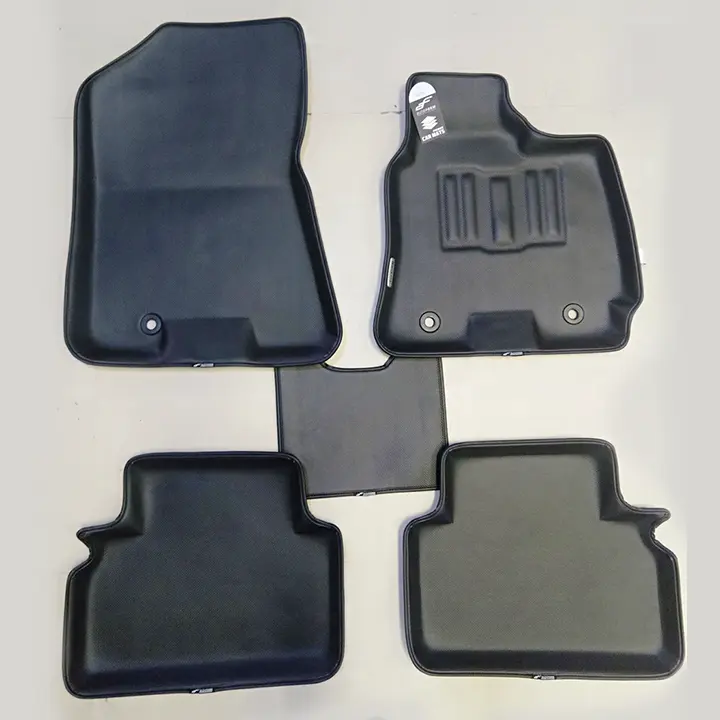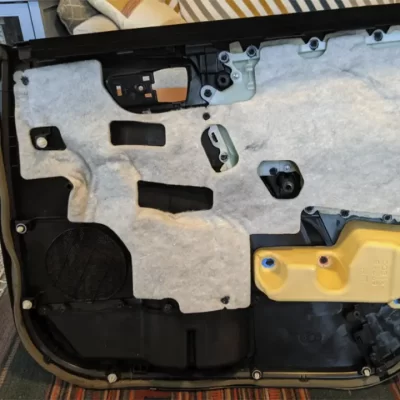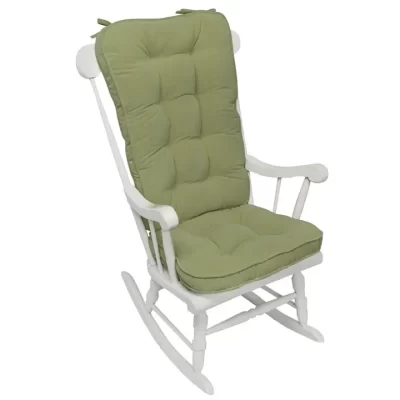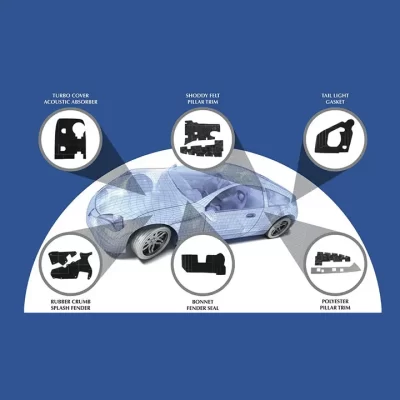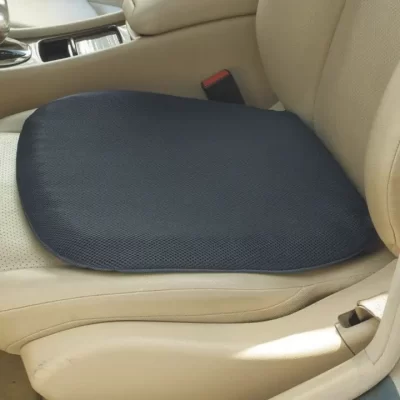Car Mats
Polyurethane (PU) foam plays an important role in automotive flooring by enhancing comfort, insulation, and noise reduction. Here’s a breakdown of its key applications and advantages in this context.
Description
Common PU Foam Types Used:
| Type | Key Features | Usage |
| Flexible PU Foam | Soft, resilient | Carpet underlay |
| Semi-rigid Foam | Structural and insulative | Molded inserts, panel linings |
| Open-cell PU Foam | Excellent sound absorption | NVH treatment under floors |
Applications of Polyurethane Foam in Automotive Flooring:
Under-Carpet Padding: Acts as a cushioning layer beneath carpets to improve comfort and ergonomics.
Sound Deadening Layer: Helps reduce road noise and vibrations (NVH – noise, vibration, harshness).
Thermal Insulation: Provides a barrier against heat transfer from the engine bay or exhaust system.
Floor Panel Insulation: Fills cavities in floor structures to reduce rattling and insulate against heat and sound.
Molded Foam Flooring Inserts: PU foam is shaped to fit complex vehicle floor geometries, especially in EVs or premium models.
Benefits of PU Foam in Flooring:
Lightweight: Contributes to overall vehicle weight reduction.
Flexible Design: Moldable to fit contours of the cabin floor.
Durability: Resists compression and wear from prolonged foot traffic.
Multi-functionality: Provides both thermal and acoustic insulation in one material.
Compatibility: Bonds well with other flooring materials like carpets or liners.
Manufacturing Techniques:
Molded Foam Underlay: PU is poured into molds to match floor contours.
Laminated Foam Layers: PU foam is bonded to carpets or non-woven fabric for easy installation.
Spray Foam or Pour-in-Place: Used in structural cavities for insulation and bonding.

